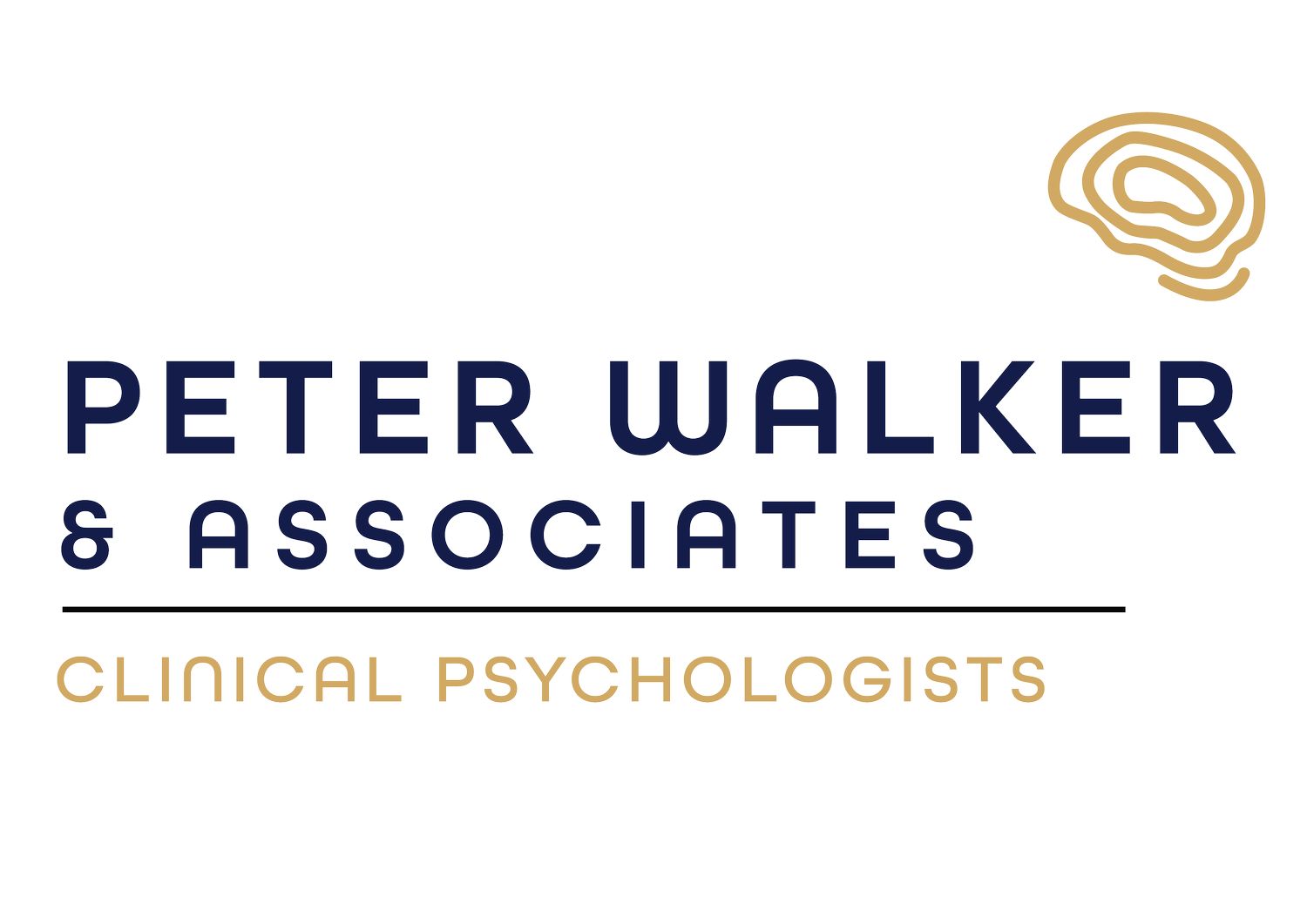Phobias
Phobias are excessive and irrational fears of specific objects or situations. You can develop a phobia about almost anything, however, common phobias usually make some sense from a survival perspective, e.g.:
height phobia (acrophobia)
spider phobia (arachnophobia)
snake phobia (ophidiophobia).
What are phobias?
Are phobias the same as fears?
A degree of fear or trepidation when faced with new or unfamiliar situations is to be expected.
However, if the fear is excessive and related to an outcome that is unlikely, and also has a significant negative impact on the person’s life, it may be a phobia.
Symptoms include avoidance of the feared situation, and panic-like symptoms and/or feelings of nausea with confronted with the feared situation.
What causes a phobia?
It is not entirely clear what causes a phobia to develop.
Theories of why phobias develop include:
the person has had a negative experience with the feared object or situation
we’ve evolved to fear life threatening things or situations
via social or cultural mechanisms where a person is taught to fear an object or situation.
Can I pass phobias on to my children?
Research suggests that fears modelled by parents can be learned by others who witness their fear.
This is called vicarious learning.
The good news: Phobias can be treated!
Research shows that phobias will not go away on their own, but require people to actively confront the feared situation.
Phobias are highly treatable and working with a professional ensures that this initially occurs in a controlled environment, which is later transitioned into real-life situations.
Anyone of any age can be treated for phobias. Parents of children 12 and under will usually be involved in the treatment.
How our clinicians work with you to treat phobias
Experienced clinicians at our practice are able to treat a range of phobias including, but not limited to:
Agoraphobia/Claustrophobia
spider/insect/animal phobia
flying phobia
snake phobia
height phobia
needle phobia.
We use Cognitive Behavioural Therapy (CBT) to treat phobias, with a specific focus on exposure therapy, which is one of the core components of CBT.
Treatment plans for phobias will be different for each person and can be via a single, prolonged session of exposure - a 3 hour session of graded exposure therapy shown to be very effective in treating phobias - or spaced out over 6-10 sessions.
We recommend the exposure therapy component be attended in person (rather than via telehealth) and for slightly longer than normal sessions (e.g. 1.5 hours instead of the usual 50-mins). For clients who may find this difficult, we recommend the single, prolonged session.

